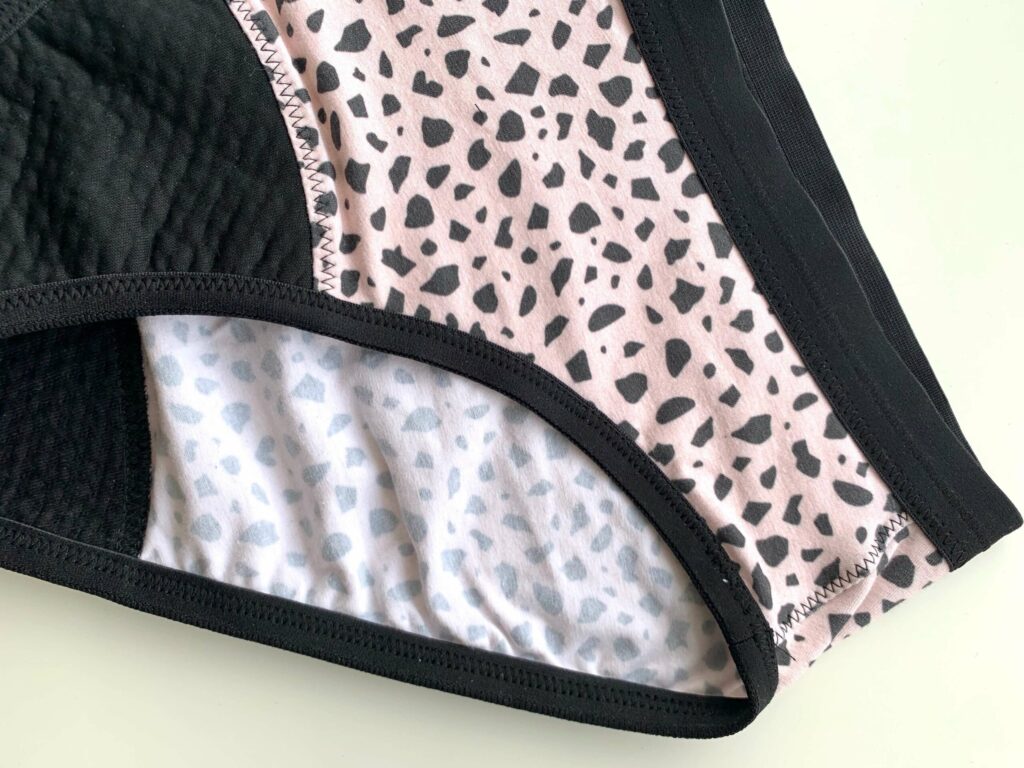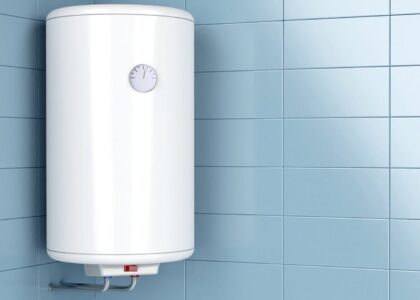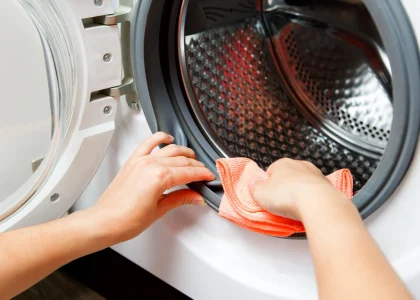
The market for reusable period panties is projected to attain approximately US$ 132.0 million by 2023. Sales of these products are anticipated to exhibit a Compound Annual Growth Rate (CAGR) of 16.9%, reaching US$ 631.2 million by 2033.
The reusable period panties industry is being driven by several factors:
- Increasing awareness about sustainable and eco-friendly menstrual products
- Growing concerns over the environmental impact of disposable menstrual products.
- The convenience and cost-effectiveness of reusable period panties.
- The rise of e-commerce platforms and social media has made it easier for manufacturers to reach consumers and promote their products.
Despite the increasing demand for reusable period panties, there are still some barriers to growth in the industry. The lack of education and awareness among consumers about the benefits of reusable menstrual products. Another restraint is the higher upfront cost of reusable period panties compared to disposable products. This can deter some price-sensitive consumers. In addition, there is still some stigma surrounding menstrual products in certain cultures. This can further make it difficult for companies to market and sell their products.
Request a Sample Report: https://www.futuremarketinsights.com/reports/sample/rep-gb-14499
Talking about trends, companies can leverage social media and influencer marketing to reach a wider audience and build brand awareness. In addition, there is potential for innovation in terms of product design and materials. As manufacturers strive to make reusable period panties even more comfortable, effective, and environmentally friendly.
One of the recent trends in the reusable period panties industry is the increasing availability of customizable period panties. This allows consumers to choose the level of absorbency and coverage that best suits their needs. Another trend is the use of high-tech materials such as bamboo, which offer natural antimicrobial properties and enhanced breathability. Additionally, a growing trend towards inclusivity in terms of size, color, and style options, as manufacturers seek to cater to a wider range of consumers.
Key Takeaways from the Reusable Period Panties Market:
- The United States is accounted for a 20.1% share of the reusable period panties industry.
- During the projection period, demand for reusable period panties in the United Kingdom is expected to grow at a 13.6% CAGR by 2033.
- According to FMI, India held more than 36.1% share of the reusable period panties industry in South Asia by 2022.
- The brief category has emerged as a leading player in the reusable period panties industry, accounting for 20.7% of the market in 2022.
- Sales in the medium-size segment held around 36.1% of the total market share in 2022.
- The heavy/super absorbency sector accounted for a significant share of 20.4% in 2022.
- Sales in the mass/economic reusable period panties sector are expected to expand at a 17.5% CAGR throughout the projected period.
- According to sales channels, the online retailer category is expected to record a 20.7% CAGR until 2033.
Request the Full Report Methodology Now!
https://www.futuremarketinsights.com/request-report-methodology/rep-gb-14499
Growth Drivers:
- Environmental Concerns: Growing awareness about environmental sustainability has led to an increased demand for eco-friendly menstrual products. Reusable period panties offer a sustainable alternative to disposable pads and tampons, as they reduce waste generation and minimize the carbon footprint associated with menstruation.
- Comfort and Convenience: Reusable period panties are often praised for their comfort and convenience. They are designed to provide leak-proof protection while being comfortable to wear throughout the day. Many users appreciate the hassle-free nature of these products compared to traditional menstrual hygiene products.
- Cost-effectiveness: While the initial investment in reusable period panties may be higher than disposable products, their long-term cost-effectiveness appeals to many consumers. With proper care, these panties can last for several years, saving users money in the long run compared to regularly purchasing disposable pads or tampons.
- Health and Safety: Some consumers are concerned about the potential health risks associated with conventional menstrual products, such as exposure to chemicals and toxins found in disposable pads and tampons. Reusable period panties, often made from organic and chemical-free materials, offer a safer alternative for those seeking to minimize exposure to harmful substances.
- Innovations in Design and Technology: The reusable period panties market has seen continuous innovation in terms of design, materials, and technology. Manufacturers are constantly improving the absorbency, breathability, and leak-proof properties of these products, enhancing their performance and appeal to consumers.
Industry Restraints:
- Limited Awareness: Despite the growing popularity of reusable period panties, there remains a segment of the population that is unaware of these products or skeptical about their effectiveness. Manufacturers face challenges in educating consumers about the benefits of reusable period panties and dispelling misconceptions surrounding their usage.
- Stigma and Cultural Barriers: Menstrual taboos and cultural norms surrounding menstruation can act as barriers to adoption for reusable period panties, particularly in certain regions or communities where discussions about menstruation are considered taboo. Overcoming these societal barriers requires targeted education and awareness campaigns.
- Initial Cost Barrier: While reusable period panties offer long-term cost savings, the initial upfront cost can be a deterrent for some consumers, particularly those from low-income households or regions where access to affordable menstrual products is limited. Manufacturers need to explore strategies to make these products more accessible to a wider range of consumers.
- Durability and Longevity Concerns: While reusable period panties are designed to be durable and long-lasting, concerns about their lifespan and effectiveness over time may deter some consumers from investing in these products. Manufacturers need to address these concerns by providing clear guidance on care instructions and product maintenance to ensure longevity.
- Competition from Alternative Products: The reusable period panties market faces competition from other eco-friendly menstrual products, such as menstrual cups and reusable cloth pads. Manufacturers need to differentiate their offerings and effectively communicate the unique benefits of period panties to stand out in a crowded market.
How are Players in the Reusable Period Panties Industry Innovating the Manufacturing Process?
Companies are always coming up with new ideas to differentiate themselves in the very competitive market for reusable period panties. High-waisted styles, seamless patterns, and historical pants with built-in leak-proof technology are just a few examples. These distinctive qualities boost sales and assist businesses in gaining a greater market share.
Companies can expand their reach into new markets such as developing countries or niche markets. Such as plus-size women that have the potential for significant growth. These companies need to adapt their products and marketing strategies to their needs and preferences.
Collaboration and partnerships among industry players can help drive growth and innovation in the reusable period panties market. For example, partnerships between manufacturers and retailers can help increase brand awareness and product availability. Partnerships between manufacturers and influencers can also help drive sales and create buzz around new products.
Key Players Are:
- Dear Kate, Inc.
- WUKA
- Essity AB
- Flux Undies
- THINX Inc.
- Ruby Love
- Elia Lingerie
- Modibodi
- Aisle
- Saalt
- The Period Company
- Knix
- Neione
- and More…
Buy Now/Purchase @ https://www.futuremarketinsights.com/checkout/14499
Global Reusable Period Panties Market by Category
By Style Type:
- Boy Short
- Bikini
- Brief
- Hipster
- Others
By Size:
- Small
- Medium
- Large
By Absorbency Level:
- Heavy/Super Absorbency
- Medium Absorbency
- Light Absorbency
- Super Light Absorbency
By Price Range:
- Mass/Economic
- Mid-Range
- Premium
By Sales Channel:
- Convenience Stores
- Departmental Stores
- Specialty Stores
- Mono Brand Stores
- Online Retailers
- Drug Stores
- Other Sales Channel
By Region:
- North America
- Latin America
- Europe
- East Asia
- South Asia
- Oceania
- The Middle East and Africa
Author
Sneha Varghese (Senior Consultant, Consumer Products & Goods) has 6+ years of experience in the market research and consulting industry. She has worked on 200+ research assignments pertaining to Consumer Retail Goods.
Her work is primarily focused on facilitating strategic decisions, planning and managing cross-functional business operations, technology projects, and driving successful implementations. She has helped create insightful, relevant analysis of Food & Beverage market reports and studies that include consumer market, retail, and manufacturer research perspective. She has also been involved in several bulletins in food magazines and journals.
About Future Market Insights (FMI)
Future Market Insights, Inc. (ESOMAR certified, recipient of the Stevie Award, and a member of the Greater New York Chamber of Commerce) offers profound insights into the driving factors that are boosting demand in the market. FMI stands as the leading global provider of market intelligence, advisory services, consulting, and events for the Packaging, Food and Beverage, Consumer, Technology, Healthcare, Industrial, and Chemicals markets. With a vast team of ~400 analysts worldwide, FMI provides global, regional, and local expertise on diverse domains and industry trends across more than 110 countries.
Contact Us:
Future Market Insights Inc.
Christiana Corporate, 200 Continental Drive,
Suite 401, Newark, Delaware – 19713, USA
T: +1-845-579-5705
For Sales Enquiries: sales@futuremarketinsights.com
Website: https://www.futuremarketinsights.com
LinkedIn| Twitter| Blogs | YouTube




